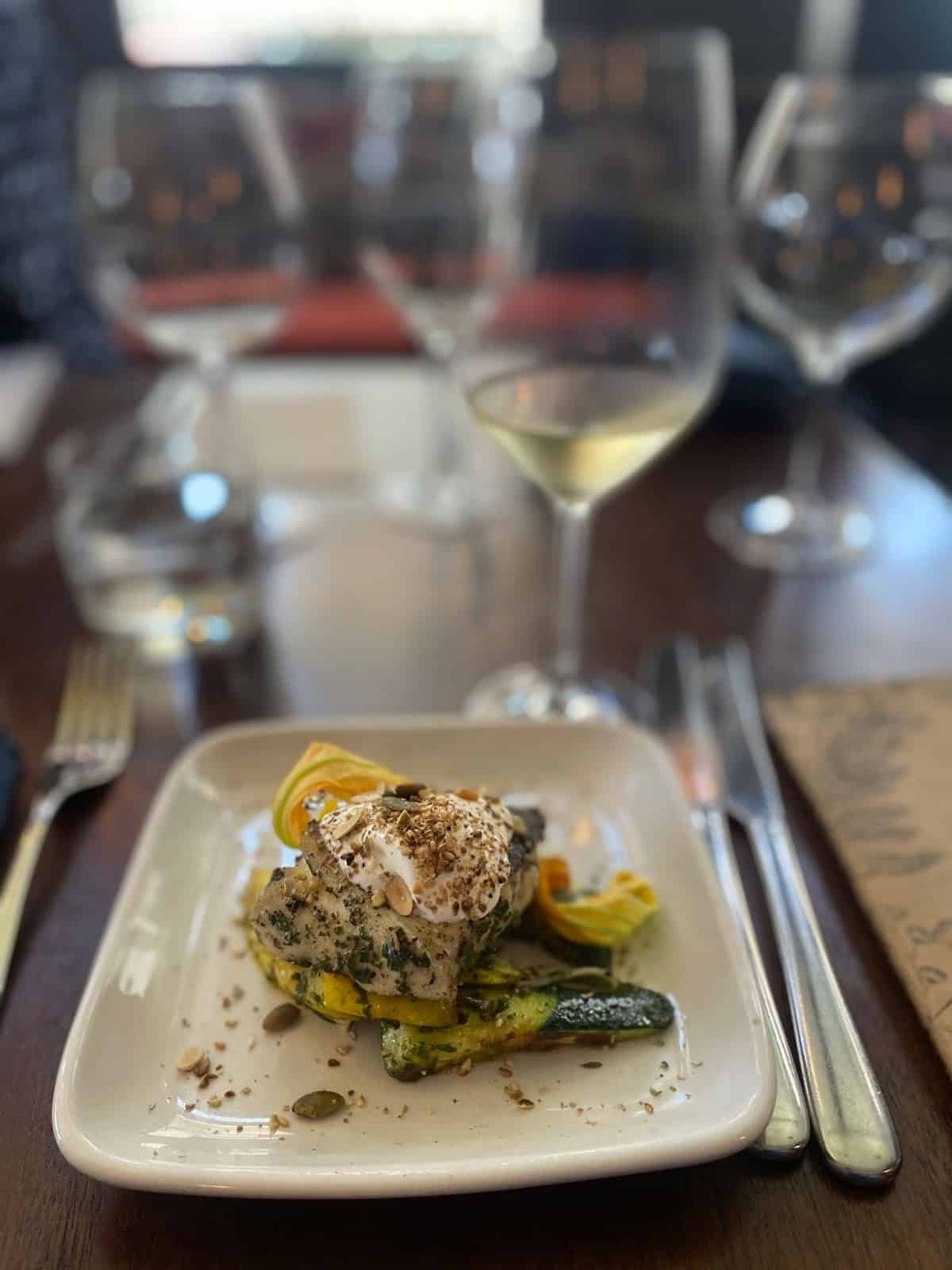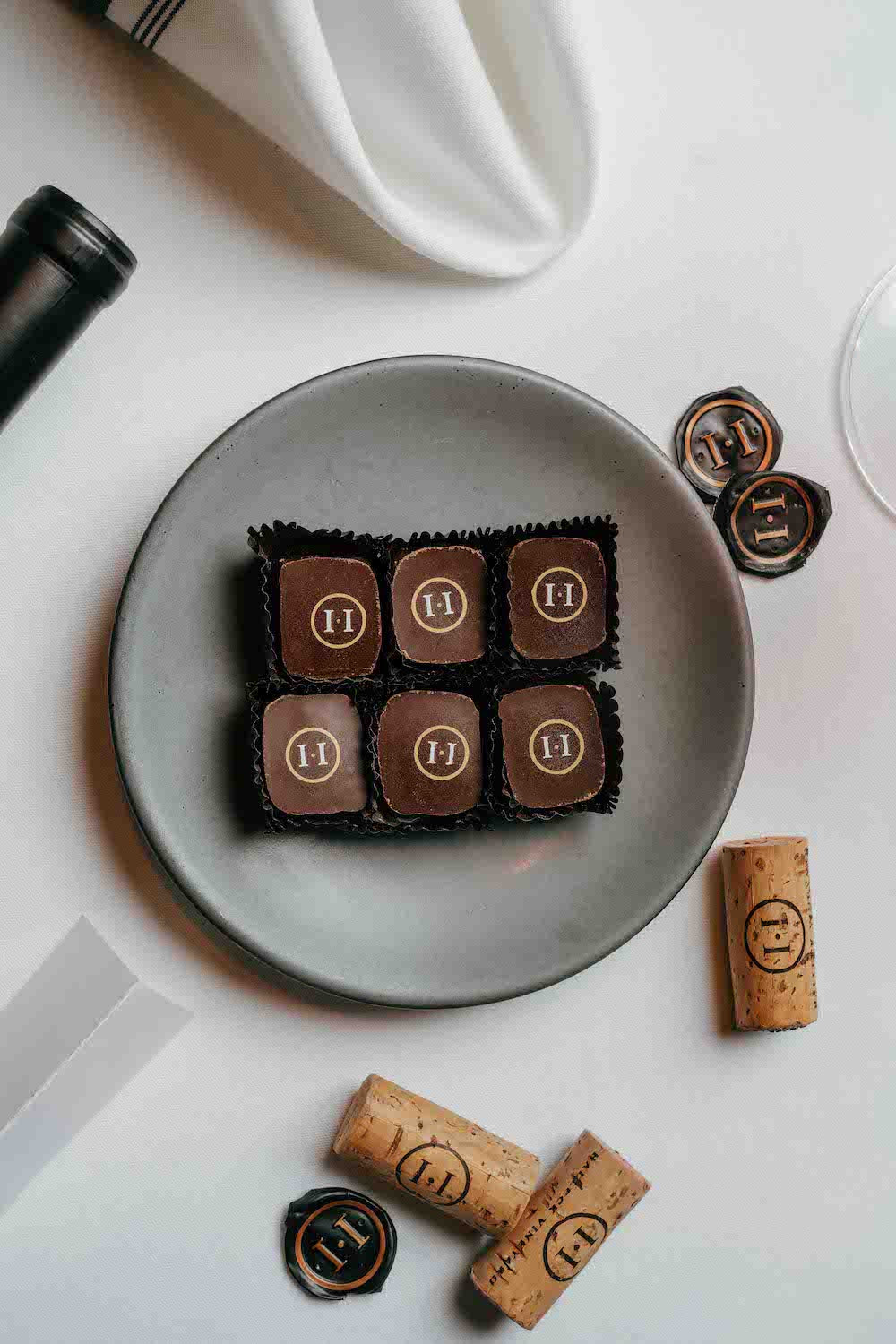Wineries In Green Valley - Sonoma Vineyards For A Perfect Day Out
Wineries In Green Valley - Sonoma Vineyards For A Perfect Day Out
Blog Article
Wine Tasting Events In Sonoma County - Top Sonoma Wine Tasting Destinations
Wine tasting is an art that combines sensory experience with an appreciation for the nuances of different varietals. How to gauge flavors in winery wine tasting sessions is pivotal to greedy the complexities of wine.
Participating in a wine tasting entails more than simply sipping and savoring. It requires a focused strategy to determine aromas and flavors that each wine presents. As you start, observe the wine's appearance, noting its color and clarity. These visual cues often counsel a wine’s age, grape selection, and even potential flavor profiles.
The next step in the tasting process is to swirl the wine in your glass. This motion releases aromatic compounds which are very important for evaluation. Lean in and take a second to inhale deeply; the aromas can vary from floral and fruity to spicy and earthy. The nose of the wine is just as necessary because the palate, and recognizing scents plays a significant role in understanding the general experience.
When taking your first sip, permit the wine to move throughout your palate - Wineries With Unique Gamay Wines. Notice the preliminary flavors that present themselves. Is the wine fruity, floral, or perhaps herbaceous? This preliminary taste gives perception into what the wine is likely to categorical as you continue to judge it. The mouthfeel also contributes to the general flavor experience; it can be silky, tannic, or even effervescent.
Wineries With Artisan Chocolate Pairings In Sonoma - Sonoma Wine Tastings
As you continue tasting, pay attention to the wine’s balance. A well-balanced wine will harmonize acidity, sweetness, and tannins. If one part overwhelms the others, it'd point out a much less desirable high quality. Evaluating balance can help you identify how properly the wine may pair with food.
Transitioning to the end, think about how the flavors evolve as the wine lingers in your palate. A lengthy, nice finish can point out a high-quality wine, while a short or abrupt end may suggest otherwise. Replicate on whether or not the flavors stay consistent or if new notes emerge as the wine settles. This progression can reveal complexities and intricacies that may not have been obvious in the initial tasting.
Temperature can also be a vital think about evaluating wine flavors. Totally Different kinds of wine are optimally loved at particular temperatures. White wines usually shine when chilled, while red wines typically perform best at room temperature. When tasting, make sure the wine is on the appropriate temperature to fully recognize its character.
Wineries Known For Handcrafted Wines - Wine Tasting And Vineyard Tours In Sonoma
Pairing food with wine can greatly enhance the tasting experience. Foods can influence the perception of flavors in wine, either highlighting certain characteristics or diminishing them. When evaluating flavors, consider how the wine interacts with different meals, noticing which flavors are amplified or muted (Romantic Winery Destinations In Sebastopol).
Consider the affect of terroir as you interact in a winery tasting. Terroir encompasses the unique environmental elements that have an effect on grape growing, together with soil composition, climate, and geography. Understanding a wine's terroir can present insight into its flavors and aromas, fostering a deeper appreciation for the alternatives made throughout its cultivation and production.
Training plays a basic role in enhancing one's capability to judge wine flavors. Learning about grape varieties, wine areas, and manufacturing methods can pave the way in which for more knowledgeable judgments throughout tastings. Additionally, attending workshops or classes can refine sensory skills and increase your flavor vocabulary, enabling you to articulate tasting notes extra effectively.
Lastly, it's important to do not neglect that evaluating wine flavors is a extremely personal experience. Particular Person preferences and perceptions will invariably form one’s tasting journey. Enjoyment must be on the forefront, with the analysis course of appearing as a device to reinforce understanding and appreciation quite than create rigid guidelines.
Wineries Specializing In Sparkling Wines - Unforgettable Wine Tastings In Sonoma
In conclusion, mastering tips on how to consider flavors in winery wine tasting sessions involves a mixture of sensory engagement, information, and practice. By learning to identify aromas, assess the steadiness, and recognize the intricacies of flavor, wine enthusiasts can deepen their connection to each bottle they encounter. As with any art form, the extra one immerses themselves within the experience, the extra they may uncover and benefit from the vast world of wine.
- Begin by observing the wine's shade and clarity, as these visual components can trace at its flavor profile and getting older potential.
- Swirl the wine gently in your glass; this releases aromatic compounds, permitting you to better establish the complex scents associated with the wine.
- Take a deep inhale earlier than tasting, focusing on each major and secondary aromas to gather insights on fruits, spices, and other nuances.
- When tasting, enable the wine to coat your palate; note the initial flavors, the mid-palate complexity, and the end as these levels can provide completely different flavor highlights.
- Pay attention to texture and mouthfeel, as aspects similar to tannin ranges, acidity, and sweetness contribute significantly to the overall tasting experience.
- Examine flavors in opposition to normal wine traits; for purple wines, consider berry notes, oak affect, and natural tones, while whites may include citrus, stone fruits, and floral hints.
- Take notes during the tasting session to trace your impressions, serving to you to recollect and consider the completely different wines sampled.
- Talk About your findings with fellow tasters or winery workers, as sharing insights can improve understanding and appreciation of individual flavors.
- Enable time for the wine to breathe; typically, flavors evolve and reveal new dimensions after being exposed to air.
- Experiment with food pairings in the course of the tasting as they'll dramatically alter how flavors are perceived, influencing general enjoyment.undefinedWhat ought to I search for when evaluating the aroma of wine during a tasting?
Start by swirling the wine in your glass to release its aromas. Bring the glass to your nose check out here and take a deep breath. Pay consideration to the primary scents you detect, as these are sometimes essentially the most outstanding. Look for fruit, floral, herbal, or earthy notes and attempt to identify specific characteristics, which is in a position to deepen your understanding of the wine's complexity.
Wineries With Live Music Events Occasionally - A Winery In The Sonoma Valley To Discover

How can I distinguish between different flavor profiles in wine?
Understand that flavor profiles are often categorized as fruit, floral, herbaceous, spicy, or mineral. Take small sips and permit the wine to coat your palate. Notice the first flavors that emerge first and the delicate notes that observe. This layering is important in distinguishing the wine's characteristics and can assist you to recognize its unique profile.
Hidden Gem Wineries In Sonoma County - Tasting Rooms In Sebastopol
What is the significance of the wine's texture in a tasting?

The texture of the wine, also referred to as mouthfeel, performs an important position in how we perceive flavors. Pay attention as to if the wine feels easy, creamy, or gritty. The body of the wine (light, medium, or full) can improve or contrast with flavors, offering a extra rounded experience during tasting.
How do I assess the steadiness of flavors in wine?
Balance in wine refers to the concord between acidity, sweetness, tannin, and alcohol. Take a moment to evaluate whether or not these elements complement or intrude with each other. A well-balanced wine may have none of its parts overpowering the others, creating a pleasant tasting experience.
Breathtaking Views From Sonoma Wineries - Wineries To Visit
What role does temperature play in evaluating wine flavors?
Temperature can considerably impact the notion of flavors. Generally, purple wines are best served slightly beneath room temperature, while white wines get pleasure from being chilled. As the temperature modifications, the aromas and flavors can shift, permitting you to perceive completely different characteristics. It’s important to style wine at its optimal temperature for true analysis.
Wineries In Green Valley - Winery In The Sonoma Wine Region
How can I improve my tasting skills over time?
Practice is vital to bettering your tasting skills. Wineries Renowned For Cabernet Sauvignon In Sonoma. Attend tastings, hold a journal of your experiences, and explore various sorts of wines to broaden your palate. Moreover, learning about wine manufacturing and Check Out Your URL grape varieties can present context that enhances your evaluation process, making you a extra informed taster.
Is there a selected order during which I ought to taste the wines?
Wineries Renowned For Cabernet Sauvignon In Sonoma - Vineyard Tasting Events In Sonoma County
Yes, it’s advisable to taste wines from light to full-bodied and dry to candy. This progression prevents the stronger flavors from overshadowing the more delicate ones, permitting you to totally appreciate each wine's traits and nuances with out palate fatigue.
How can I evaluate the aftertaste of wine?
Rustic Family-Owned Wineries In Sebastopol - Wine Tasting Activities In Sebastopol
The aftertaste, or finish, is an important aspect of the wine-tasting experience. After swallowing, pay attention to how long the flavors linger in your palate and whether or not they change. A lengthy, nice end is usually an indicator of a high-quality wine, while a short or unpleasant end could counsel in any other case.
Why is it essential to note the wine’s acidity during tasting?
Acidity contributes to the general freshness and construction of the wine. Pay consideration to the tingling sensation on your tongue; higher acidity can enhance the wine's liveliness and steadiness out sweetness. Noting acidity helps decide the wine's versatility with food and its growing older potential.
What should I do if I struggle to establish particular flavors in wine?
Beautiful Picnic Areas At Sonoma Wineries - Explore Sebastopol Area Vineyards
Struggling to determine flavors is widespread, particularly for newbies. Focus on broader classes and describe what you probably can acknowledge, similar to sweet or earthy notes. With practice, reading about totally different flavor profiles, and perhaps using flavor wheels, you'll refine your senses and develop a more nuanced method to tasting. Report this page